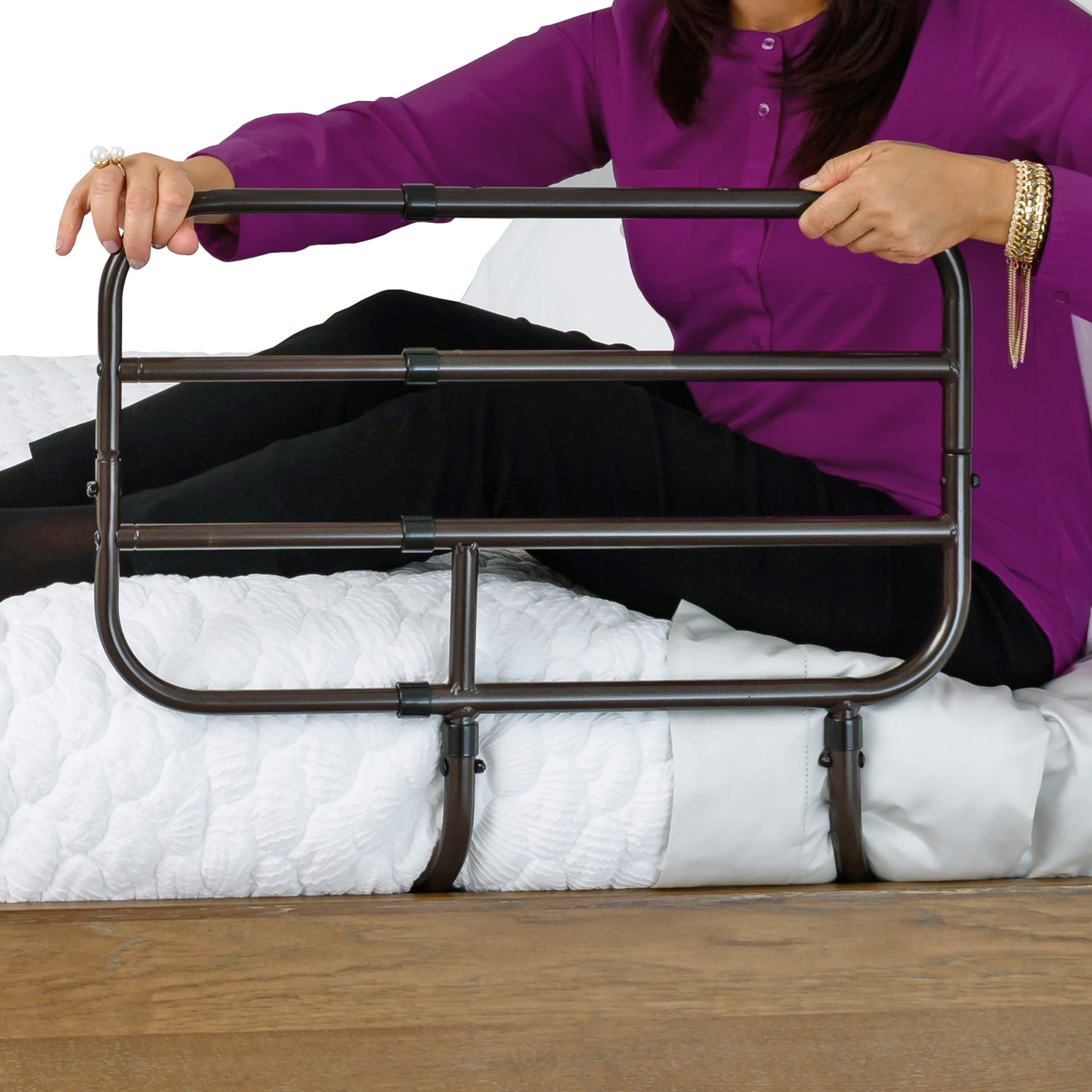


In general, manufacturers intend their bed rails to be used to prevent or reduce the risk of bed occupants from falling and sustaining injury. bed side rails, side rails, cot sides, and safety sides. Bed Railsįor the purpose of this document the term bed rail will be adopted, although other names are often used, e.g. NHS ‘Never events’ number 11 (1) covers chest or neck entrapment in bed rails. NHS ‘Never events’ are defined as ‘serious, largely preventable patient safety incidents that should not occur if the available preventative measures have been implemented by healthcare providers. Clinicians should carefully consider the benefits and risks of bed rails before they are used for an individual bed user. These could have been prevented if adequate risk assessments and appropriate risk management had been carried out. Most incidents occurred in community care settings, particularly in nursing homes. The most serious of these have led to injury and death by asphyxiation after entrapment of the head, neck or chest. However, the MHRA continues to receive reports of adverse incidents involving these devices. Introductionīed rails are used extensively in acute, community and home care environments to reduce the risk of bed occupants falling out of bed and injuring themselves. This document is not intended to replace clinical decision making. re-assessing the changing care needs of the bed occupant.correct fitting and positioning of the bed rails initially and after each period of use.taking into account the use environment and possible interaction with any other equipment, accessories or devices present in that environment.checking compatibility of the bed rail, bed, mattress and occupant combination.the need for good communication between bed occupant and carers or staff.checking and ensuring that a bed rail is necessary.It also identifies areas of good practice, such as: This document identifies areas for safe practices, so that policies and procedures can be reviewed and put in place. those responsible for purchasing beds and bed rails.community equipment stores (CES) and loan store managers.carers in the community and care-at-home staff.Medical Device Safety Officers (MDSOs) for onward distribution.This document is aimed at all users, carers and staff with responsibility for the provision, prescription, use, maintenance and fitting of bed rails.
Bars for bed for elderly update#
For more detail on this see the implementation update on work towards a strengthened future medical devices regime. The government has extended acceptance of CE marked devices in Great Britain. This publication has been updated to reflect changes in devices and practices, as well as information gained from the investigation of adverse incidents. These incidents are concerning as some have led to patient harm or death, primarily from entrapment.

The MHRA continues to receive reports of incidents relating to bed rails and associated equipment. Part of the MHRA’s role is the regulation of medical devices, including overseeing investigations into adverse events and promoting the safe use of devices in the UK.

Bars for bed for elderly pdf#
You can download a PDF version of Safe use of bed rails ( PDF, 962 KB, 33 pages). It replaces previous guidance on the same topic. This web page features the most up-to-date guidance.


 0 kommentar(er)
0 kommentar(er)
